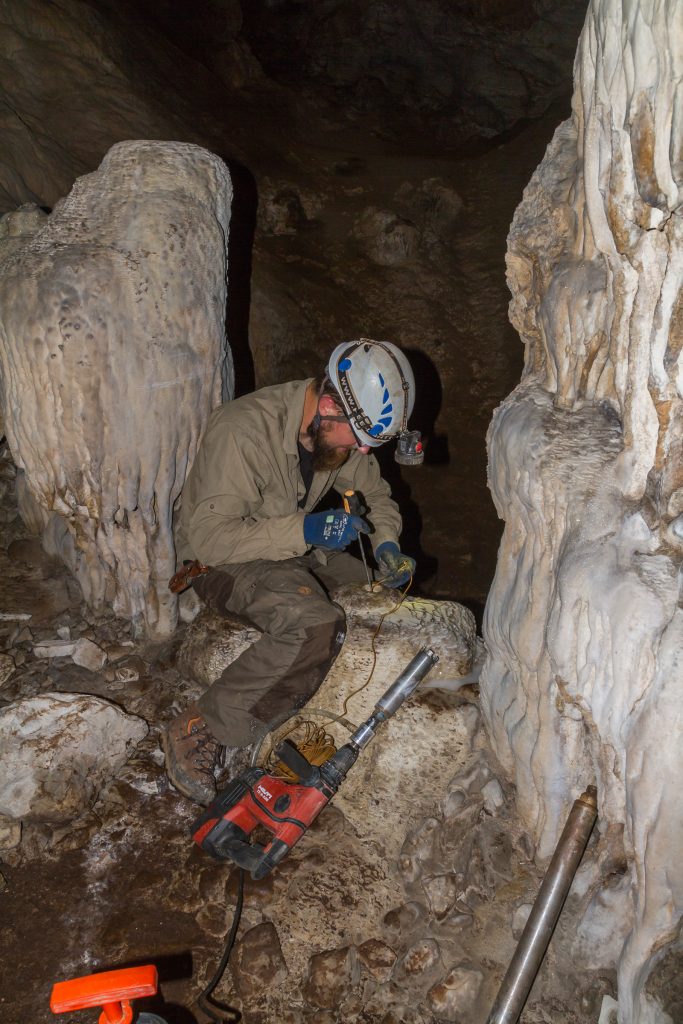Speleothems and lake sediments in Greece
This project aims to reconstruct past climate variability in Greece during the Holocene based on speleothems (i.e., secondary carbonates growing in caves) and lake sediments.
The research group of Prof. Denis Scholz (Institute for Geosciences, University of Mainz) makes use of a combination of fieldwork and state-of-the-art analytical techniques to determine the age of the samples (i.e., 230Th/U-dating) and to analyze several palaeoclimate proxies (e.g., stable carbon and oxygen isotopes, trace elements) at high temporal resolution. Based on these precisely dated multi-proxy records, the group will reconstruct past changes in temperature and precipitation in the cave regions and investigate potential relationships with the archaeological information compiled in the framework of Groundcheck.
In 2020, we visited nine caves in Greece and on Samos and collected 25 speleothems. Figure „Exemplary speleothem sample“ shows a speleothem from a cave near Kastria (Cave of Lakes) subsequent to cutting. Individual growth laminae are clearly visible. 230Th/U-dating and analysis of climate proxies is performed along the growth axis of the speleothem (i.e., the middle axis of the sample).
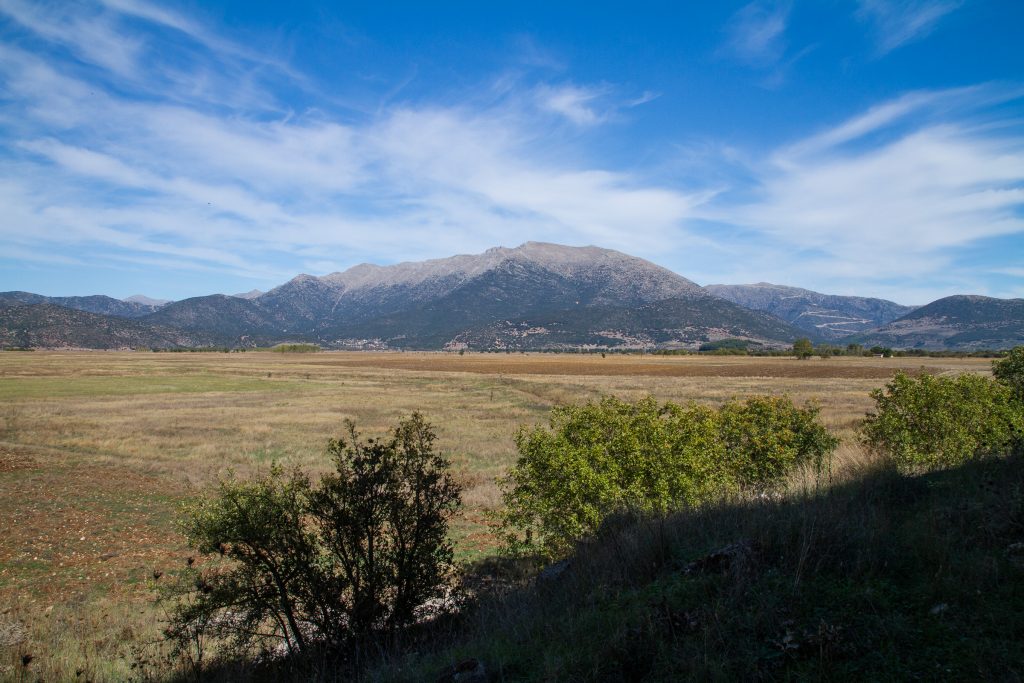
The research group of Prof. A. Vött (Institute of Geography, University of Mainz) uses geomorphological and sedimentological information based on lake sediment cores retrieved in the vicinity of the investigated caves. The group uses 14C-dating to establish the chronology of the sediment cores and determines several palaeoclimate proxies at high temporal resolution. Fig. 1 shows the large polje in front of Kaspia Cave in the north-eastern Peloponnese, where widespread, thick lake sediments were deposited over thousands of years. The overarching goal will be to combine and compare palaeoclimate data from both speleothems and palaeolake deposits in search of palaeoclimate changes relevant for landscape formation and man-environment interaction.We will combine the palaeoclimatological information from both archives (speleothems and lake sediments) in order to (i) obtain a comprehensive picture of past climate variability, (ii) distinguish between local and supra-regional climate variability, and (iii) differentiate between proxies reflecting past climate changes and proxy signals dominated by other processes (e.g., effects occurring in the soil and karst above the cave). This multi-archive and -proxy approach will enable a reliable reconstruction of past climate variability in Greece during the Holocene.
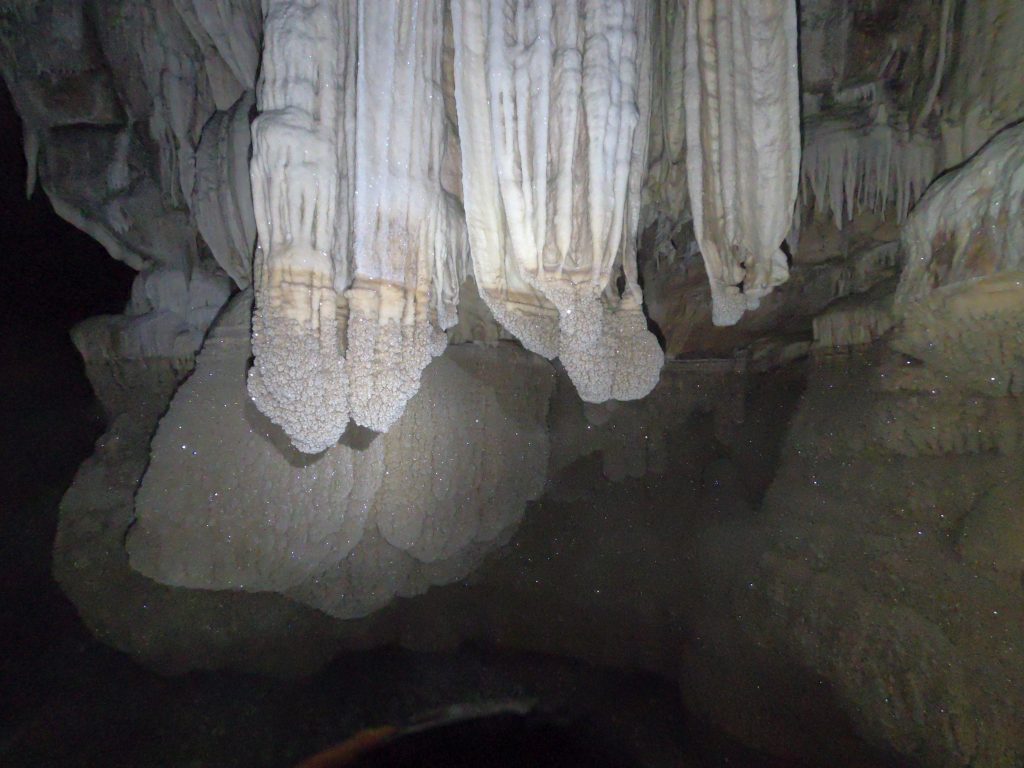
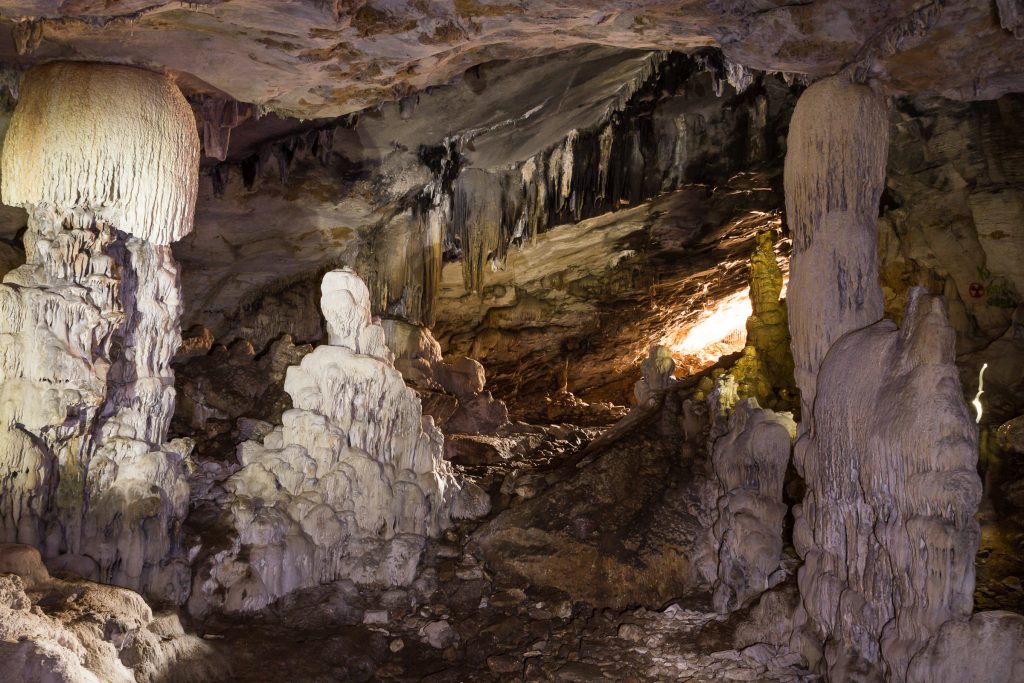
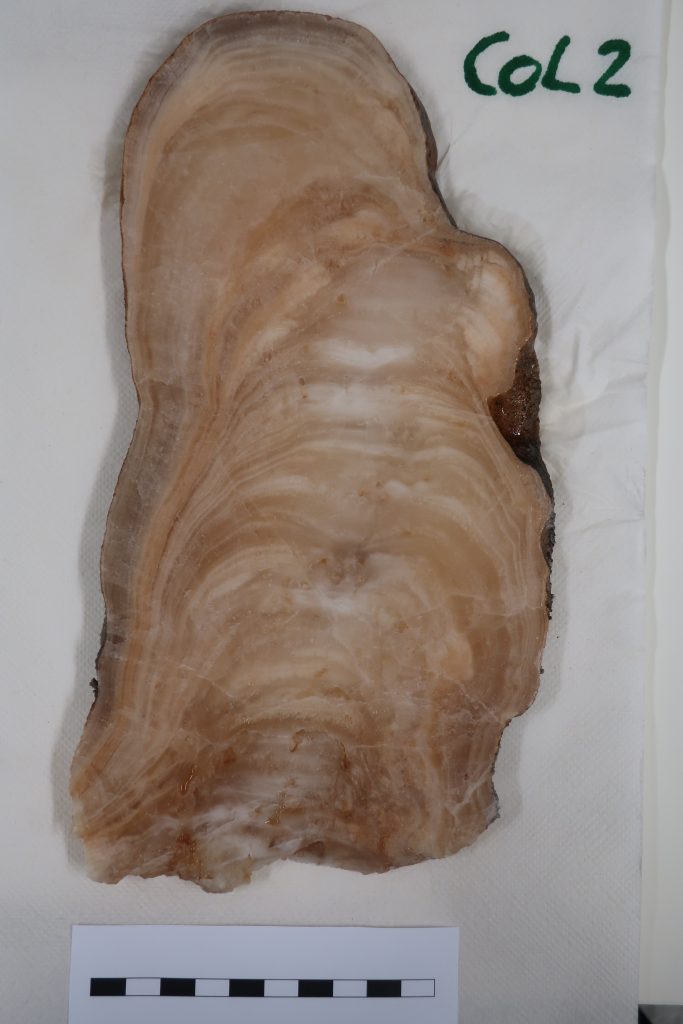
Project members and partners
Denis Scholz (Projectmanagement)
Andreas Vött
Prof. Dr. Denis Scholz (Institute for Geosciences, University of Mainz)
Prof. Dr. Andreas Vött (Institute of Geography, University of Mainz)
Dr. Alexander Budsky (Institute for Geosciences, University of Mainz)
Dr. Regina Mertz (Institute for Geosciences, University of Mainz)
Dr. Lea Obrocki (Institute of geography, University of Mainz)
Prof. Dr. Katja Sporn (DAI)
Prof. Dr. Ingmar Unkel (University of Kiel)
